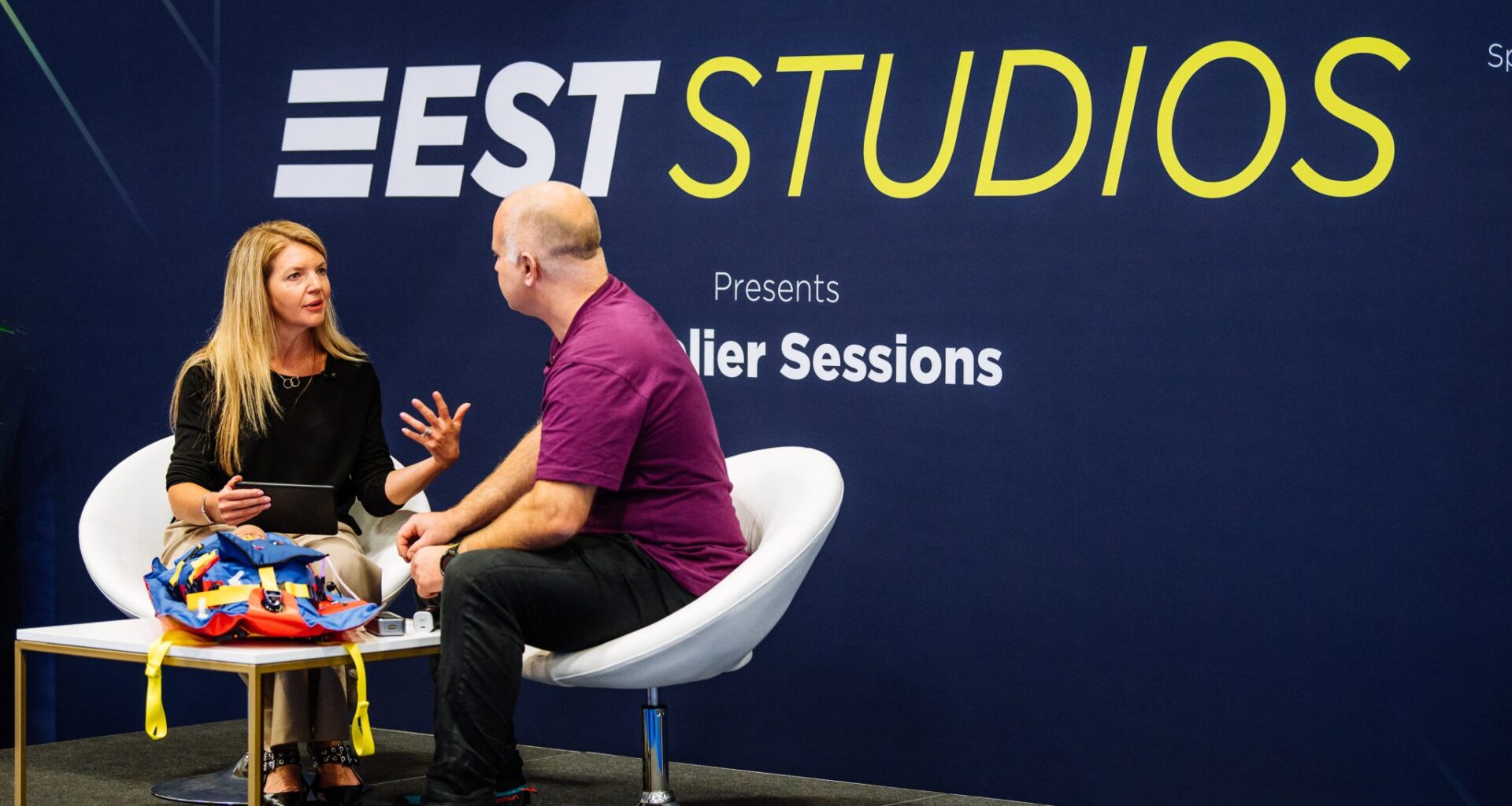Moving a newborn safely is one of the toughest tasks an ambulance crew can face. The tiniest patients require precise temperature control and delicate handling, but until recently, most transport systems were adapted from equipment designed for older children, leaving gaps in safety and usability.
At The Emergency Services Show, Michael Graf from Kohlbrat and Bunz shared how a collaborative design process with UK ambulance services and midwives has resulted in a system built specifically for newborn transport.
“We’ve been working in emergency care for more than 30 years,” Michael said. “But we were asked to create something new to address the real challenges of moving newborns safely from the field to hospital.”
The project began with detailed research into how crews currently transport infants. In many cases, responders relied on straps, pillows, or systems not certified for newborns. Feedback from midwives and paramedics highlighted the need for both safety and practicality: crews needed to maintain access to the baby, monitor vital signs, and manage temperature, all within the tight space of a moving ambulance.
The Kohlbrat and Bunz team developed a dual vacuum chamber system to meet those needs. The lower chamber supports the baby’s spine, providing stability during transport, while the upper chamber forms a cocoon around the infant for gentle containment. Built-in heating maintains a controlled temperature of up to 41°C with automatic regulation to prevent overheating. The unit is powered by an integrated battery offering over two hours of runtime and can be extended using standard USB-C power banks.
Ease of use was a priority throughout. Straps remain fixed to the stretcher, allowing crews to secure the baby quickly without complex setup. All materials are medical-grade and easy to clean, essential for infection control and rapid turnaround between transfers.
“It had to be intuitive,” Michael explained. “Crews shouldn’t need to think twice about how it works, especially in high-pressure situations.”
Midwives played a critical role in shaping the design. Their practical insights from neonatal care ensured the system supports proper positioning and constant access for monitoring.
“Their feedback was invaluable,” Michael said. “It’s not just about moving the baby from A to B, it’s about doing it safely, comfortably, and in line with clinical best practice.”
While Kohlbrat and Bunz has similar systems in use elsewhere in Europe, this version was developed specifically for the UK market, meeting local regulations and operational requirements. Early trials with UK crews have been positive, with responders praising the stability, ease of handling, and ability to deliver rapid, safe transfers.
For the Kohlbrat and Bunz team, the wider lesson is clear, innovation works best when it starts with the people who use the equipment.
“Listening to the people who use the equipment every day is essential. This is how innovation works in emergency services – not in isolation, but by responding to real needs and refining designs based on feedback from the frontline.”
By combining operational insight, clinical expertise and practical engineering, the company has created a transport system that balances safety, usability and performance. It’s an example of how collaboration between manufacturers, medical professionals and emergency responders can lead to meaningful change.
As ambulance services continue to look for safer, more efficient ways to care for newborns, this project shows what’s possible when design innovation starts with frontline experience.
Watch the full interview below.
To read similar articles, check out our Products channel.
